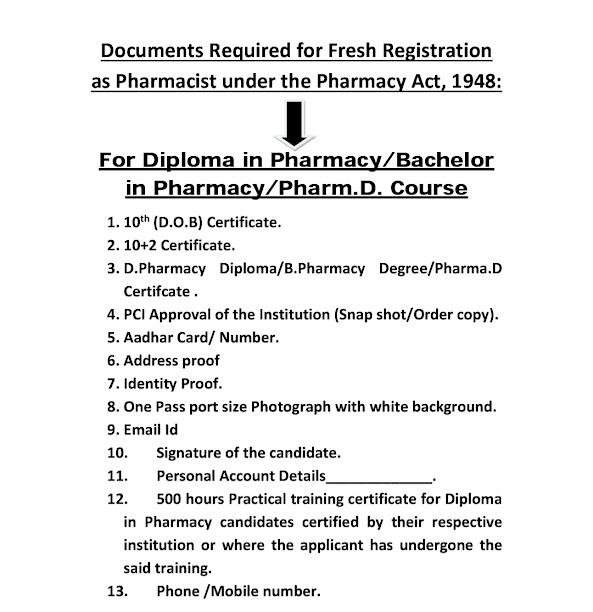DEFINITION:
Packing: Packing consists of enclosing an individual item, or several items, in a container, usually for shipment or delivery. This operation is mostly done by hand and machine. Pharmaceutical
Packaging: Pharmaceutical packaging means the combination of components necessary to contain, preserve, protect & deliver a safe, efficacious drug product, such that at any time point before expiration date of the drug product, a safe & efficacious dosage form is available.
Types of Packaging Systems:
Packing: Packing consists of enclosing an individual item, or several items, in a container, usually for shipment or delivery. This operation is mostly done by hand and machine. Pharmaceutical
Packaging: Pharmaceutical packaging means the combination of components necessary to contain, preserve, protect & deliver a safe, efficacious drug product, such that at any time point before expiration date of the drug product, a safe & efficacious dosage form is available.
Types of Packaging Systems:
- Primary package system: Made up of those package components & subcomponents that come into direct contact with the product, or those that may have a direct effect on the product shelf life.
- Secondary or tertiary package system: Includes cartons, corrugated shippers & pallets
Packaging must meet the following Requirements: [ideal requirements]
- Protect the preparation from environmental conditions.
- Non-reactive with the product and so does not alter the identity of the product
- Does not impart tastes or odors to the product
- Nontoxic
- FDA approved
- Protect the dosage form from damage or breakage
- Meet tamper-resistance requirements, wherever applicable.
- Adaptable to commonly employed high-speed packaging equipments.
Criteria for the Selection of package type and package material:
- Stability
- Compatibility with the contents
- Strength of container and the degree of protection required
- Moisture-proofness
- Resistance to corrosion by Acids or Alkalis
- Resistance to grease
- Protection against salt
- Resistance to microorganisms
- Resistance to insects and rodents
- Resistance to differences in temperature
- Protection against light, fire and pilferage
- Odor retention and transmission
- Aesthetic effect
- Cost
- Machine suitability of packaging and the filling method.
Possible Interactions between primary packaging materials and the
included pharmaceutical product:
- The release of chemicals from components of the packaging materials
- The release of visible and/or sub visible particles
- The absorption or adsorption of pharmaceutical components by the packaging materials
- Chemical reactions between pharmaceutical product & the packaging materials
- The degradation of packaging components in contact with the pharmaceutical products
- The influence of the manufacturing process (e.g. sterilization) on the container.
Packaging materials & closures:
- Glass
- Plastic
- Metals
- Paper and Board
- Rubber
- Cotton
- Adhesives and Inks
- Closures
GLASS CONTAINERS:
Advantages:
- Superior protective qualities
- Economical
- Readily available in a wide variety of sizes & shapes
- Essentially chemically inert, impermeable, strong and rigid
- Has FDA clearance 6. Does not deteriorate with age
- Provides an excellent barrier against every element except light with a proper closure system. Colored glass, especially amber, can give protection against light.
Disadvantages:
- Fragility
- Heavy Weight.
Composition of glass
- Mainly made up of
- Sand – pure silica
- Soda-ash – sodium carbonate
- Limestone – calcium carbonate
- Cullet – broken glass that is mixed with the batch & acts as a fusion agent for the entire mixture
The most common cations found in pharmaceutical glassware are silicone, aluminum,
boron, sodium, potassium, calcium, magnesium, zinc & barium. The only anion of
consequence is oxygen.
TYPES OF GLASS
Type I – Borosilicate Glass
Type II – Treated Soda-Lime Glass
Type III – Regular Soda-Lime Glass
Type NP – General Purpose Soda-Lime Glass
Coming Soon...........


